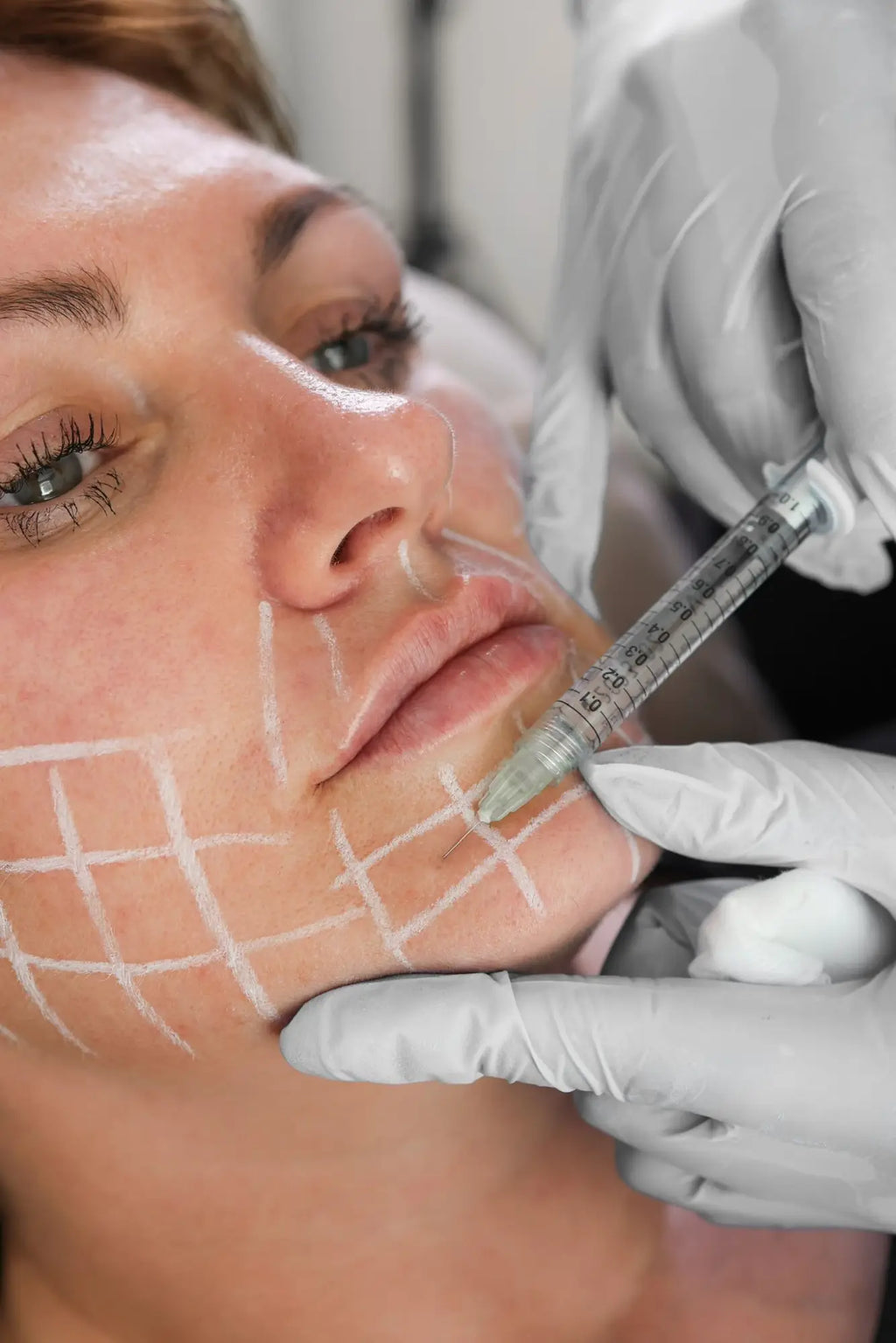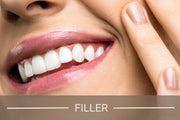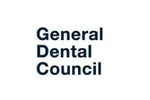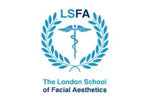Azzalure vs Botox: Which Treatment Works More Effectively?

Content Verification



🔍 Summary at a Glance 🔍
- 💉 Azzalure and Botox both target fine lines – but work slightly differently
- ⏱️ Azzalure kicks in faster, while Botox may last a bit longer
- 🎯 Precision is key – experienced professionals make all the difference
- 💸 Cost and treatment area can influence your best fit
- 👩⚕️ Always get a personalised consultation before deciding
🧠 Expert Tips to Keep in Mind 🧠
- 📆 Book treatments at least 2 weeks ahead of a big event
- 🙅♀️ Avoid rubbing or massaging the area post-injection
- 🌿 Pair your injectables with hydrating skincare for a glow-up
- 🩺 Choose a qualified and experienced practitioner every time
- 💬 Ask questions! A confident decision is always an informed one
Anti-wrinkle injections are among the most sought-after cosmetic treatments across the UK. As demand grows, two names often come up—Azzalure vs Botox. Both are anti-ageing injections designed to smooth lines and reduce visible signs of ageing. Choosing the right one can feel confusing without clear, factual guidance.
This article explains the key differences between Azzalure and Botox, focusing on effectiveness and suitability. You’ll discover how each product works, their expected results, and which offers better value. By the end, you’ll have the knowledge to make a confident, informed decision. Whether you're new to wrinkle treatments in the UK or comparing options, this guide is for you.
What Are Azzalure and Botox?
When considering cosmetic injectables, it’s important to understand what Azzalure and Botox actually are. Both are purified forms of botulinum toxin type A, widely used in aesthetic medicine to reduce the appearance of fine lines and wrinkles.
These injectable treatments work by temporarily blocking nerve signals to specific facial muscles. This reduces muscle movement in targeted areas, helping to smooth dynamic wrinkles that form through repetitive expressions. Both Azzalure and Botox are licensed for cosmetic use in the UK and approved by major health authorities, including the FDA and MHRA, when administered by qualified professionals.
Azzalure Overview
Azzalure injection is a botulinum toxin product manufactured by Galderma, a company known for dermatological innovation. It’s primarily used across Europe, particularly in facial aesthetic clinics.
“Azzalure has a slightly different molecular structure, allowing it to diffuse more easily across broader treatment areas,” explains Dr. Laura Geige, Medical Director and Senior Skin Expert at It’s Me & You Clinic. “This can be beneficial for treating larger zones like the forehead or crow’s feet, depending on the technique used.”
This product is a popular choice for practitioners aiming for a softer spread of effect. However, treatment outcomes still depend heavily on dosage, technique, and individual response.
Botox Overview
Botox is a botulinum toxin injectable developed by Allergan and has become one of the most globally recognised cosmetic brands. It’s approved in over 90 countries and used in both aesthetic and therapeutic medical treatments.
“Botox has a long-established safety profile, with decades of clinical use behind it,” says Dr. Snieguole Geige, Dentist and Medical Doctor. “Its precision makes it suitable for smaller or more focused treatment areas, like frown lines or under-eye wrinkles.”
In the UK, Botox is widely available in aesthetic clinics and is regulated to ensure safe use. While its effects may appear more targeted, both Botox and Azzalure require professional assessment to determine the most appropriate treatment approach.
Key Differences Between Azzalure and Botox
Though both treatments are derived from botulinum toxin type A, there are several notable distinctions between Azzalure and Botox. These differences can influence how the products behave once injected, as well as patient outcomes and expectations.
One of the most discussed points in the Azzalure vs Botox comparison is the molecular structure and formulation. While both contain botulinum toxin type A, their formulations vary slightly. Azzalure contains different accessory proteins, which can influence how the product spreads under the skin. Botox, by contrast, has a tighter molecular structure that may allow for more controlled precision in small areas.
“Due to their different formulations, Azzalure tends to diffuse slightly more broadly, while Botox remains more concentrated at the injection site,” explains Dr. Giedre Narkiene, a specialist in dermatology. “This distinction can help guide the choice of product depending on the area being treated and the desired effect.”
Another key difference lies in units and dosage. The measurement scales used for Azzalure and Botox are not interchangeable. For example, 50 units of Azzalure is not equivalent to 50 units of Botox, which is why accurate product knowledge and dosing is essential.
In terms of spread and diffusion, Azzalure may cover a wider area with fewer injection points. Botox, meanwhile, is often preferred for more targeted treatment zones. These injectable differences can be important when treating areas such as the glabella (frown lines) versus broader regions like the forehead.
Cost can also vary. In the UK, Azzalure is sometimes more cost-effective, though prices depend on clinic, region, and practitioner expertise.
Regarding onset of action, Azzalure may begin working slightly faster—sometimes within 2–3 days. Botox generally reaches its peak effect by day 7, although full results may be seen in up to two weeks.
Effectiveness and Results: Which Lasts Longer?
When comparing Azzalure and Botox, one of the most common questions is how long the effects will last. While both are considered long-lasting wrinkle injections, their duration and effectiveness can differ slightly depending on multiple factors.
Typically, Azzalure results are noticeable within 2–3 days and last around 3 to 4 months. Botox results in the UK may take up to 7 days to become fully visible but often last 3 to 6 months. However, individual longevity can vary based on body chemistry, muscle activity, and lifestyle factors.
“Longevity depends on more than just the product used,” says Dr. Laura Geige. “It’s influenced by the dose, the injection technique, and how quickly a patient’s body metabolises the toxin.”
Both products are used to treat similar facial areas—commonly the forehead, glabella (frown lines), and crow’s feet. Botox may also be used in more medically sensitive areas or for therapeutic purposes, while Azzalure is typically reserved for cosmetic treatments in larger zones.
Studies suggest that while Botox may offer a slightly longer effect in some patients, this is not guaranteed for everyone. A 2010 comparative study in the Journal of Cosmetic and Laser Therapy found similar durations between the two products, with no significant clinical difference in wrinkle reduction.
Patients should understand that before-and-after expectations can vary. Neither product offers permanent results, and both require ongoing treatments to maintain a consistent look. The effectiveness also improves when administered by experienced, medically trained practitioners using a personalised approach.
Side Effects and Safety Considerations
Like any botulinum injection, both Azzalure and Botox carry some potential side effects. While generally well-tolerated, patients should be aware of both the common and rare risks before proceeding with treatment.
Common side effects include mild bruising, swelling at the injection site, redness, and occasional headaches. These are usually temporary and resolve within a few days. More serious but rare complications may involve drooping of the eyelid (ptosis), muscle weakness in nearby areas, or in very rare cases, allergic reactions.
“All botulinum toxin treatments carry inherent risks, no matter how experienced the injector,” notes Dr. Snieguole Geige. “However, these risks can be minimised with proper technique, dosing, and thorough consultation.”
The overall wrinkle treatment risks for Azzalure and Botox are considered low when performed by qualified professionals. Some practitioners note that Azzalure’s wider diffusion may slightly increase the chance of affecting unintended muscles, though this is usually manageable with precise application.
Ensuring medical supervision and practitioner experience is essential for safety. Patients should only receive treatment from trained professionals working in licensed UK clinics, which follow the appropriate guidelines for product storage, handling, and sterile technique.
Ultimately, the safety of botulinum injections depends more on who delivers the treatment than which brand is used. Prior consultation, accurate facial assessment, and transparent discussion of risks are critical steps before undergoing any injectable procedure.
Which Is Better for You?
Deciding between Botox orAzzalure for wrinkles depends on your treatment goals, lifestyle, and budget. Each has specific advantages that may make it more suitable for different individuals.
Azzalure may offer a quicker onset and broader diffusion, making it useful for softening larger areas like the forehead. Botoxis often chosen for more targeted treatment and may last slightly longer in some cases. For patients looking for subtle, fast results, Azzalure might be preferable. Those seeking a potentially longer-lasting effect may consider Botox, depending on response.
Cost can also influence the decision. In some UK clinics, Azzalure may be slightly more affordable, though pricing varies. Regardless of cost, the best injectable in the UK is the one tailored to your needs, not simply the product used.
A professional consultation is essential before any treatment. A medically trained practitioner can assess your facial anatomy, listen to your goals, and recommend the safest and most effective option.
Expert Recommendation
“Azzalure may be better suited for broader areas needing a softer touch,” says Dr. Laura Geige. “In contrast, Botox might be more appropriate when precision and slightly longer duration are desired.”
Ultimately, there is no one-size-fits-all solution. Your aesthetic treatment choice should always be guided by an expert who understands the nuances of both products and prioritises patient safety.
The Bottom Line
When comparing Azzalure and Botox, the key differences lie in diffusion, onset, and duration of results. Both are trusted botulinum toxin type Ainjectables, but neither is universally “better.” The right choice depends on your goals—whether you prefer quicker effects, more targeted results, or longer-lasting treatment. Individual response varies, so what works best for one person may not suit another. Always consult a qualified medical professional who can assess your needs and recommend the safest, most appropriate treatment for you.
Disclaimer: This article is for informational purposes only and does not constitute medical advice. Always consult a qualified medical professional or your GP before undergoing any cosmetic treatment.




























